
11-08-2025
Get to Know Sea Freight and Its Development in Indonesia
Sea freight, including vessels, plays a crucial role in the global industry and economy. This transportation mode enables businesses to reach other countries or territories more cost-effectively. This also applies to Indonesia as an archipelago.
This article discusses the types of sea freight used in sea logistics and the examples. To get more information, read this article until the end.
What Is Sea Freight?
Sea freight is used to send large cargo or humans via the sea. It is leveraged by various sectors, such as the government, manufacturing, e-commerce, and so on.
A study published in the Sustainability journal revealed that sea transportation contributes 80% to the global economy and highly affects the development of industry and economy directly or indirectly.
Moreover, Badan Pusat Statistik noted that exports by Indonesia in January 2025 reached USD 21.45 billion and imports at USD 18 billion. From both datasets, it may be concluded that sea freight, like container ships, is really crucial to support distribution and business.
Read also: 7 Port Functions for the Economy and Trading, Must Note!
Why Should You Choose Sea Freight?
Sea freight offers some advantages, making it widely chosen by many parties. Below are the benefits of sea freight you should know:
- Safety: Sea freight is regulated strictly, making it safer from cargo loss and other risks.
- Large capacity: It offers a bigger capacity than other modes, like trucks or planes. A vessel can load many huge containers, humans, oils, chemicals, coal, or industrial chemicals.
- Adaptable: This mode provides various vessel choices based on the cargo, the types of goods, and their amount.
- More cost-effective: This mode can distribute more goods globally or regionally, making the shipping cost more affordable.
- Flexible route: Vessels will go through the ocean based on the compliance regulation in the area.
Types of Sea Freight
As explained before, this mode provides various choices. Below are examples of sea freight you can choose from:
1. Cargo Ships
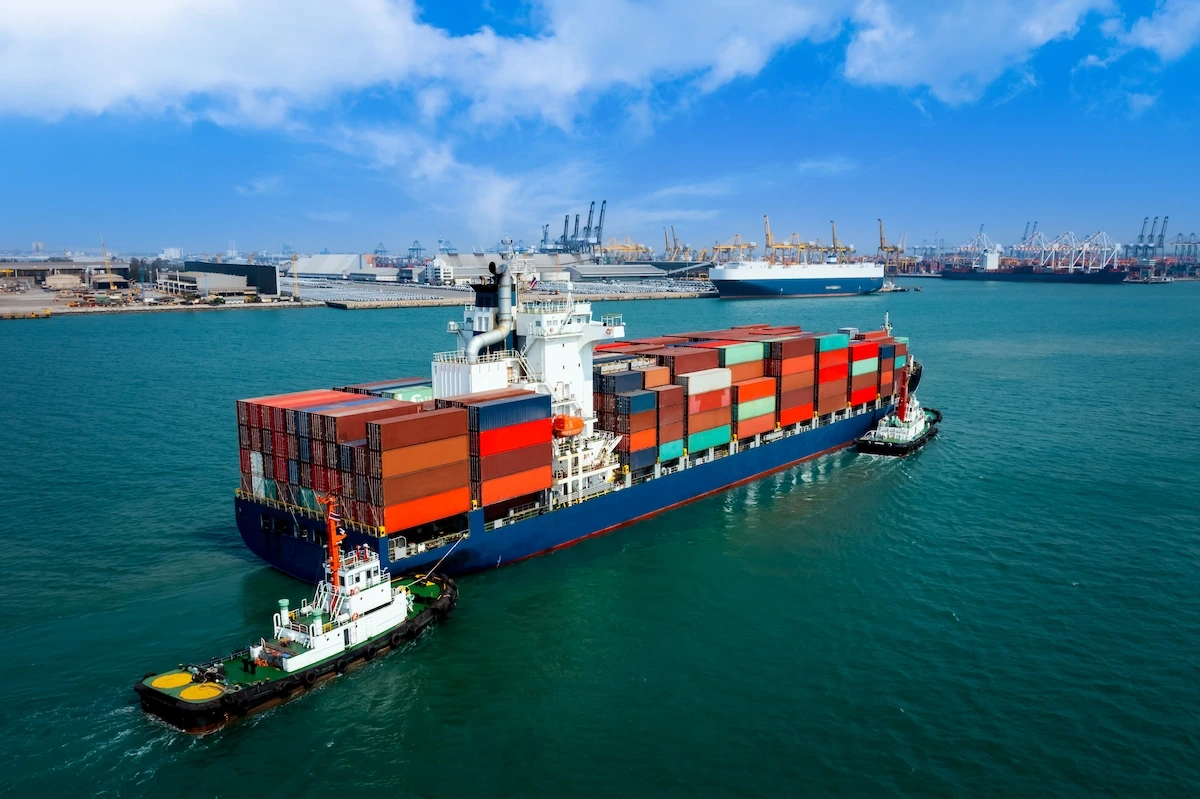
A cargo ship is a type of sea freight used to load goods, especially for export and import. The goods will be stored in containers to ease loading and unloading.
Cargo ships are also classified into several types according to their purpose and the cargo they carry. For example, general cargo ships do not always carry goods in containers but can also carry dry goods, like building materials, and are equipped with cranes for loading and unloading.
Furthermore, there are also heavy-lift cargo ships used to lift very heavy cargo, such as industrial equipment and cruise ships.
2. Passenger Ships
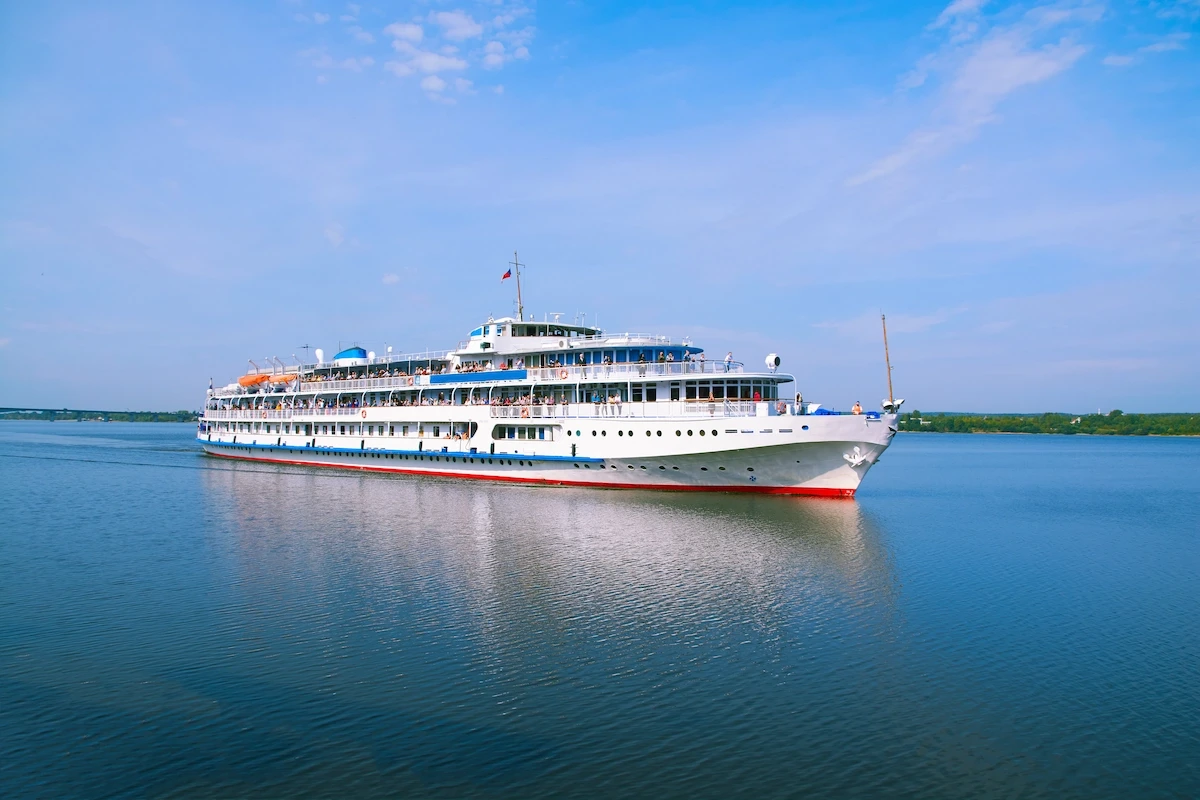
Not only goods but also ships can carry humans from one point to another. This ship is the most common sea freight in Indonesia because our country is an archipelago. The capacity of passenger ships is large enough to bring people.
3. Ferry Ships
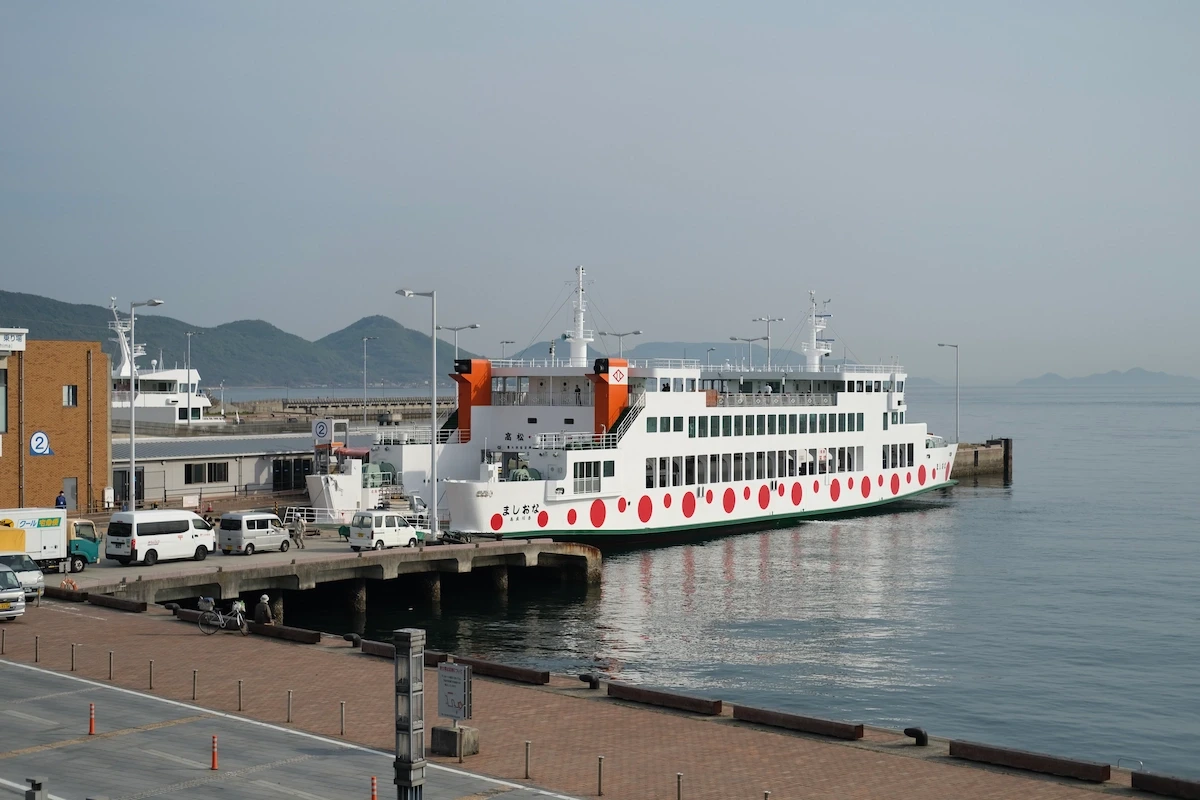
Ferry ships also carry passengers, but their size is smaller than passenger ships. Moreover, ferry ships can also load vehicles brought by the passengers.
4. Barges
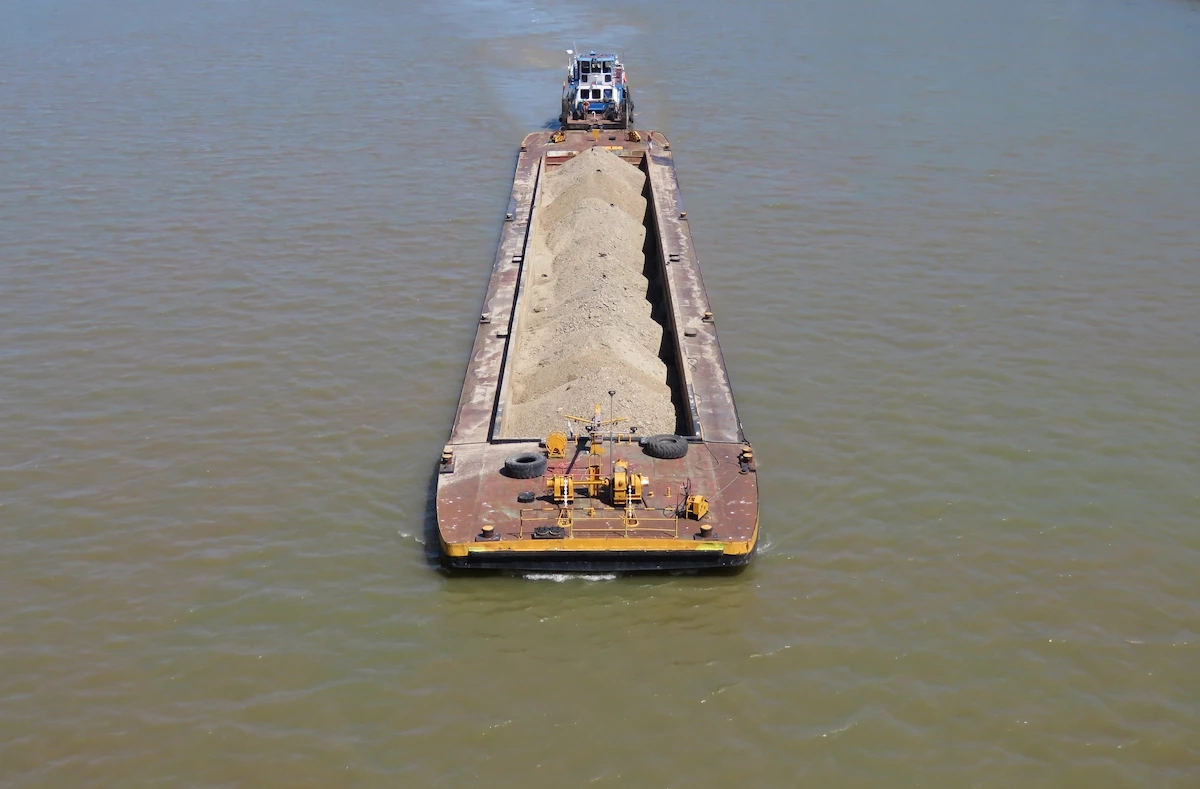
Barges are usually used to carry crude oil, coal, or fuel. They have flat hulls with big floating boxes. Barges are pulled by tugboats.
5. Tugboats
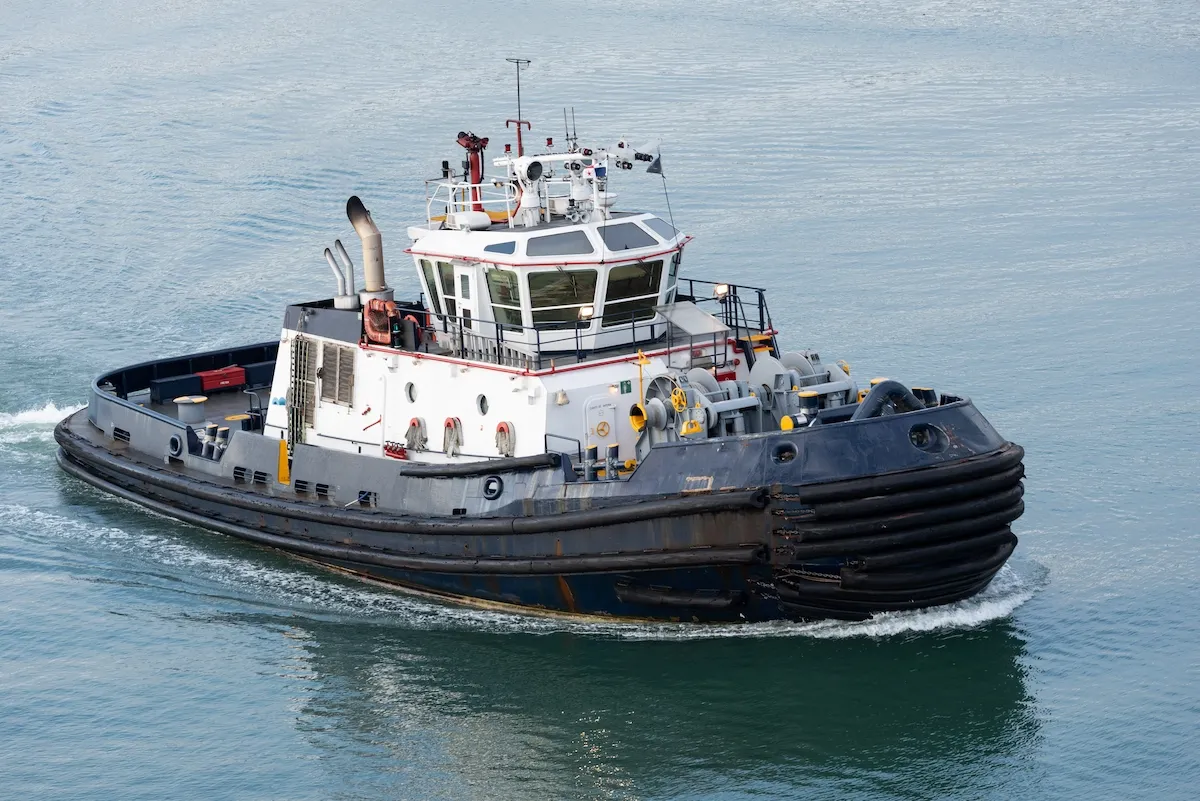
Tugboats are small ships with great power to drag larger ships so that they can anchor in the dock or leave the harbor. This ship is frequently used to drag barges and aircraft carriers.
6. Tanker Ships
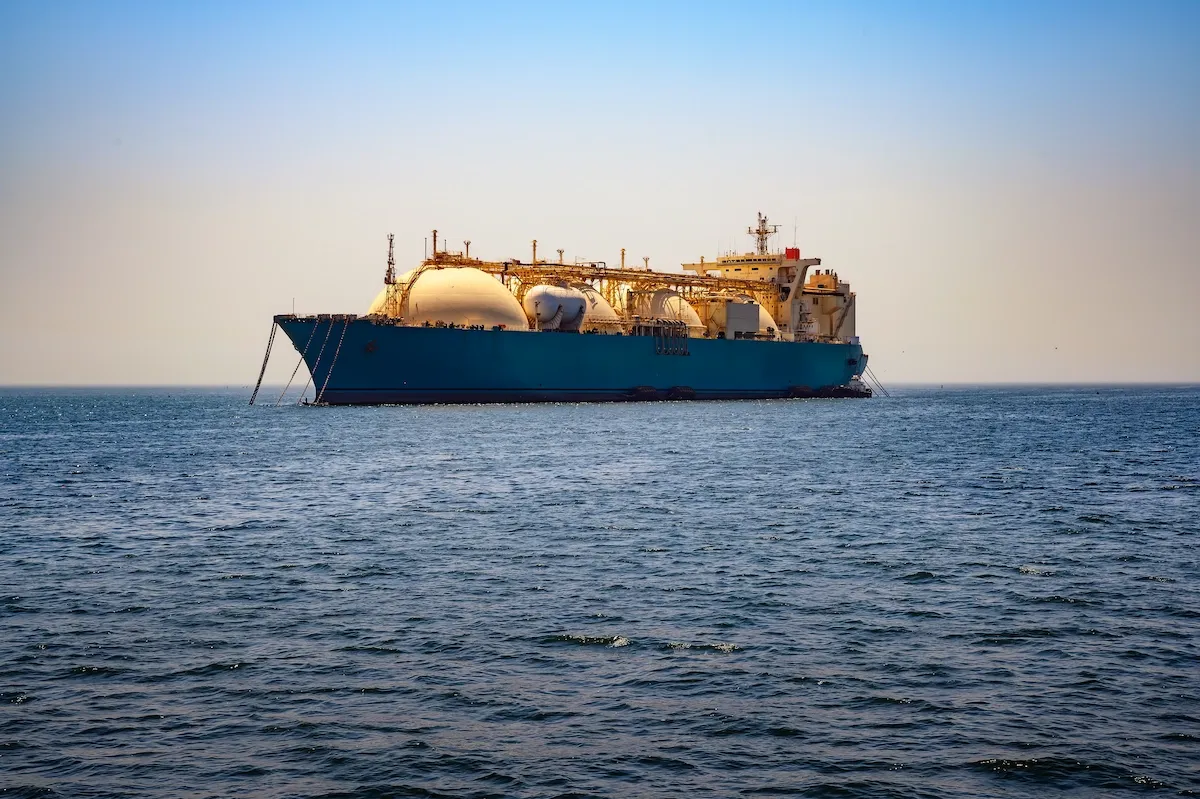
Tanker ships are used to load oil or liquid chemicals across the sea. These ships are controlled by computer systems. In addition, there are various types of ships depending on the cargo, like oil tankers, and their size, like supertankers that can carry one million barrels of oil.
7. Roll On-Roll Off (Ro-Ro) Ships
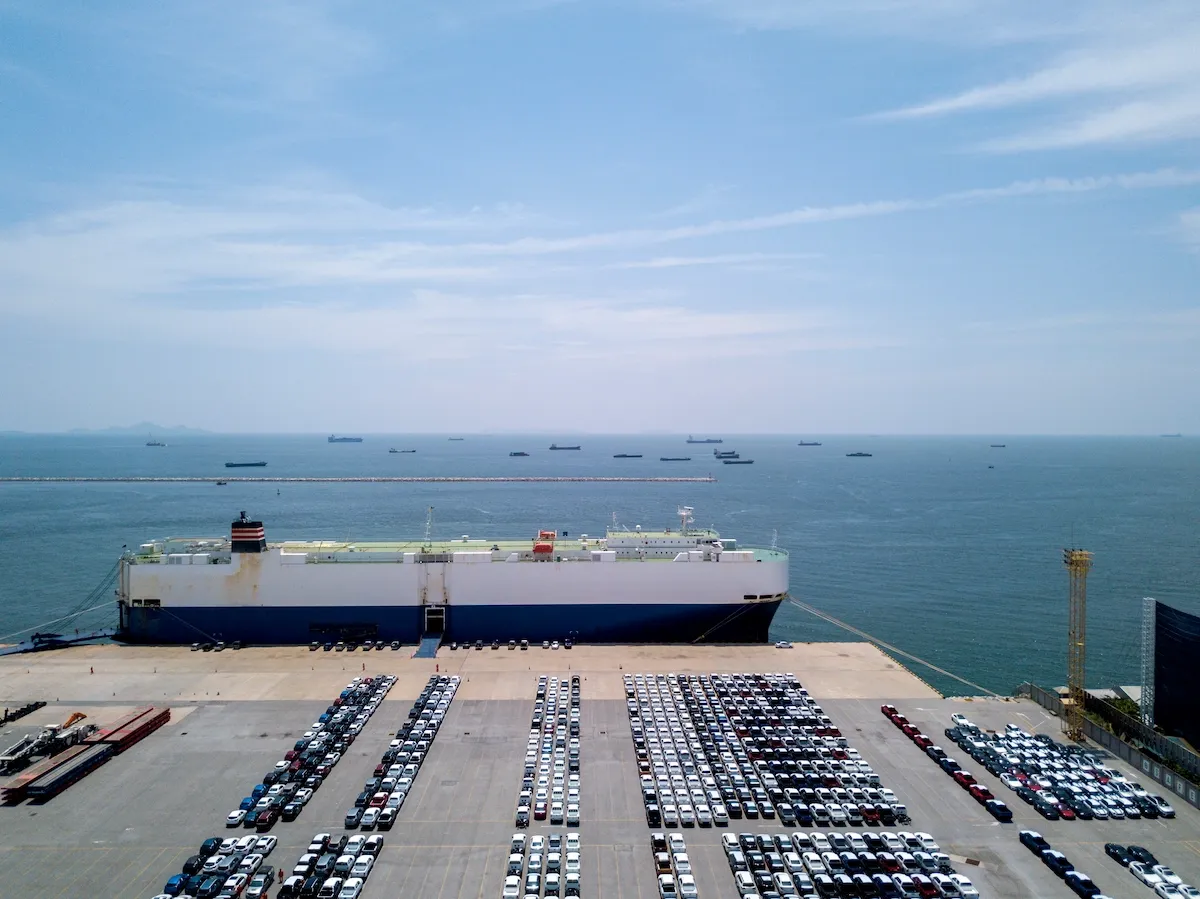
Ro-Ro ships distribute cargo with wheels, such as wheeled machines and vehicles. Because they carry movable objects, these ships are equipped with additional safety features and elements to prevent the cargo from moving during the shipment.
Read also: What Is Infrastructure? Definition & Example in Industry
Sea Freight Development in Indonesia
As a maritime country with thousands of islands, Indonesian businesses and the government require sea freight. Moreover, Indonesia is located between two oceans, the Pacific and Indian Oceans, and two continents, Australia and Asia.
That’s why many Indonesians use ships for travel. The first evidence showing that we used ships was found on the reliefs of Borobudur Temple. These reliefs depict Indonesian ships that had already reached the African continent.
Additionally, the existence of the Pinisi ship from Sulawesi also became proof that we have used sea freight for a long time. To date, sea freight has become one of the logistic solutions in Indonesia.
That concludes the information about sea freight. The existence of ships, from passenger ships to cargo ships, plays a crucial role in the industrial distribution process.
One logistic solution in Indonesia that serves chemical and LPG transportation is Chandra Asri Group. With PT Chandra Shipping International and PT Marina Indah Maritim, our logistics solution uses nine chemical and LPG vessels with a capacity up to 106,650 DWT. It will probably expand as time goes by. Therefore, entrust your sea logistic needs to Chandra Asri Group!
Read also: What Is the Petrochemical Industry in Indonesia & Its Growth